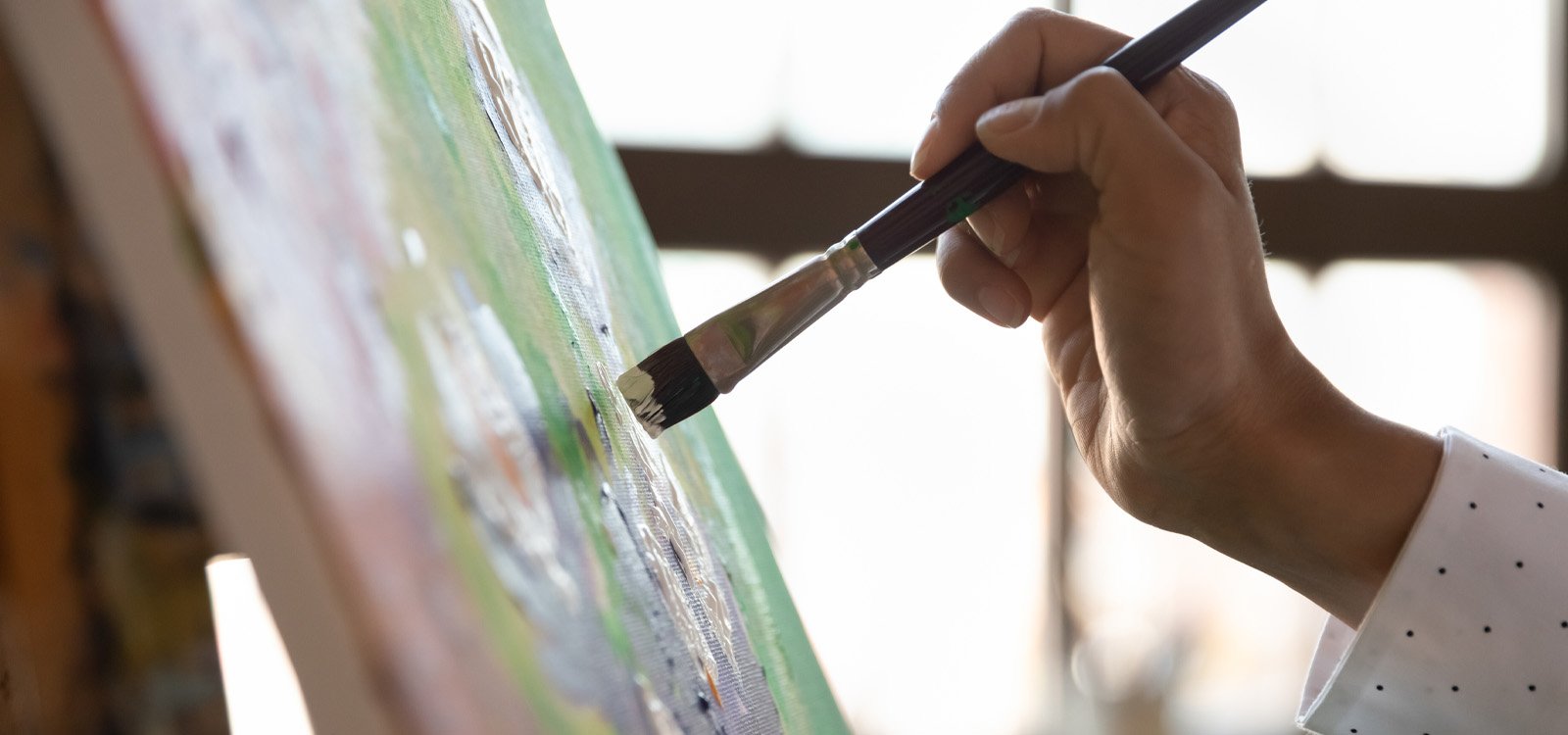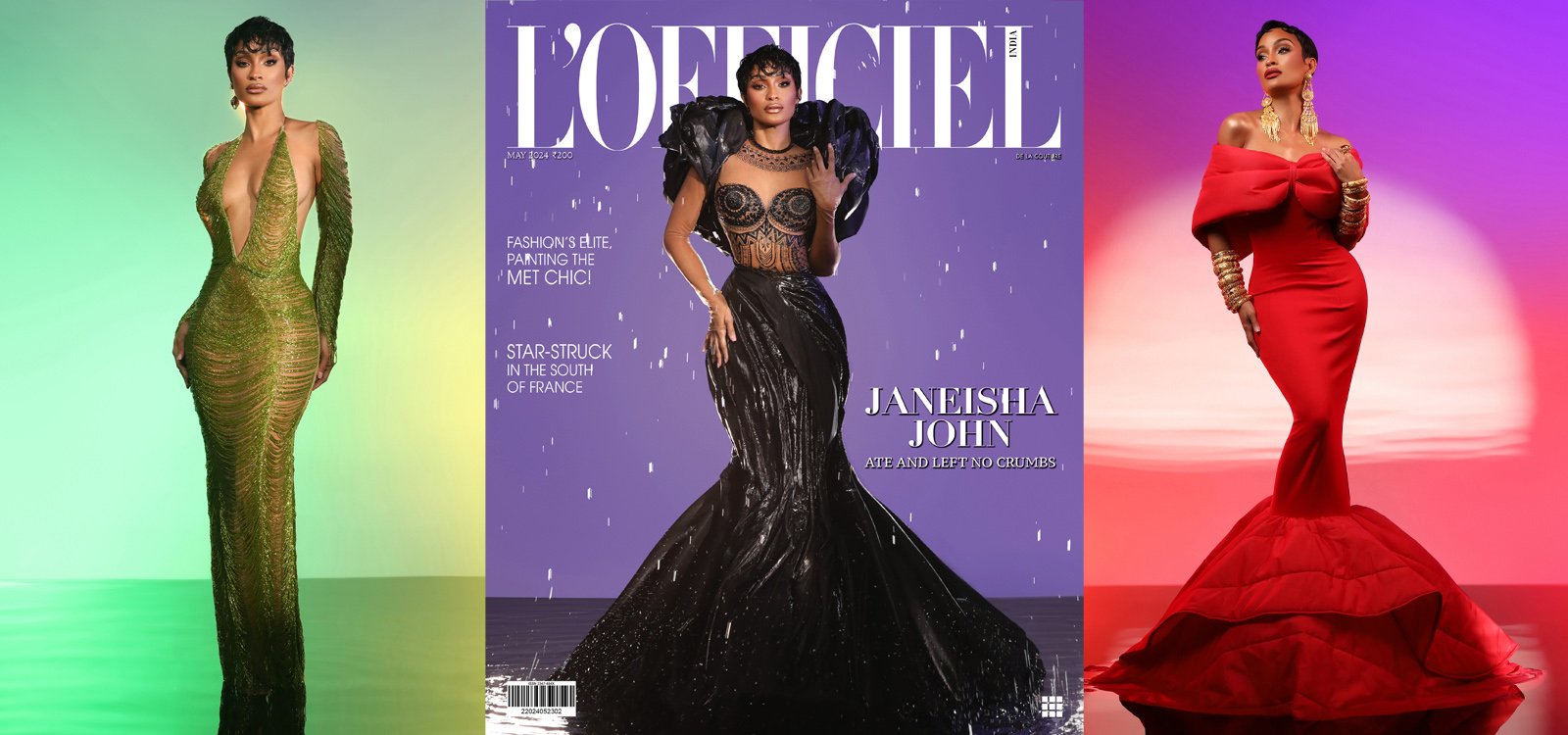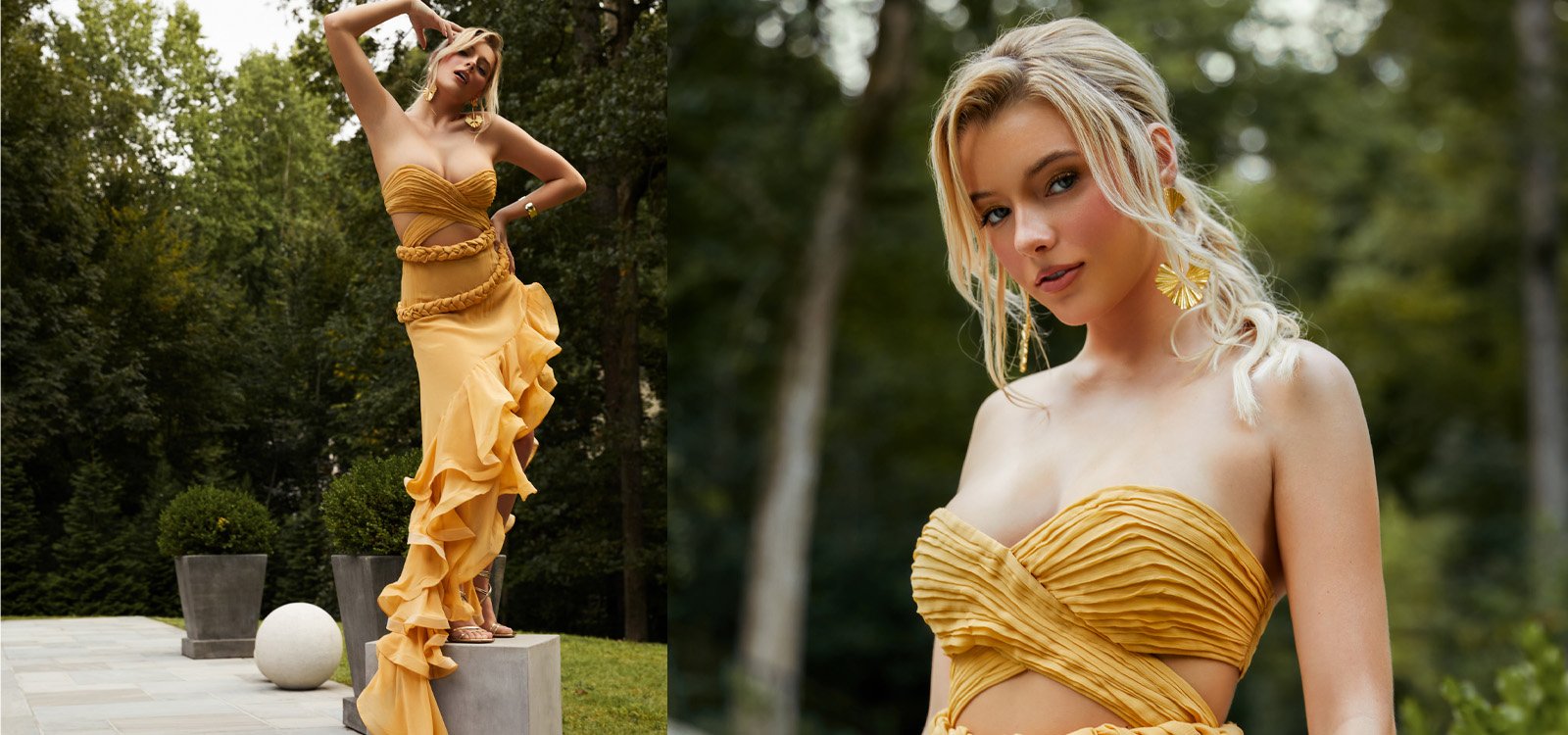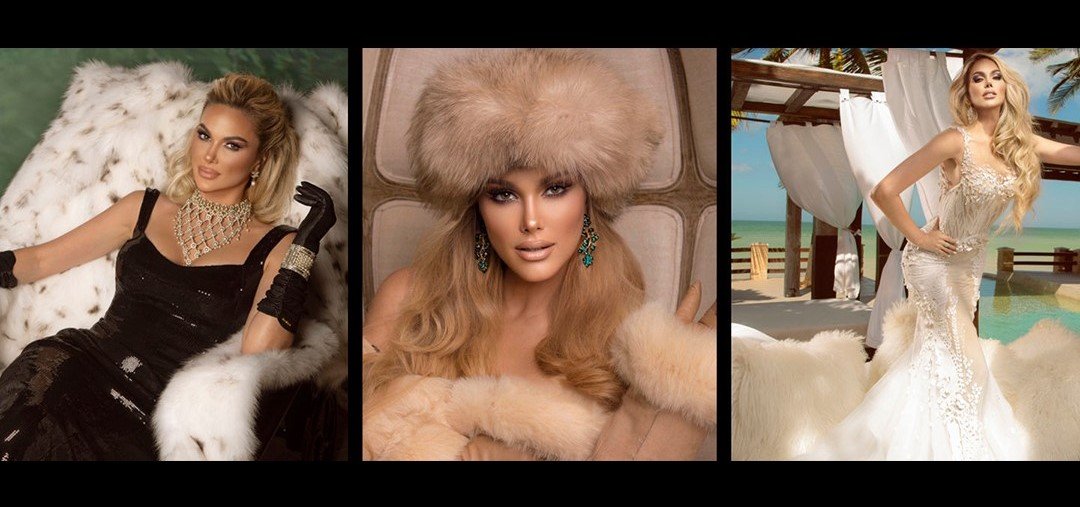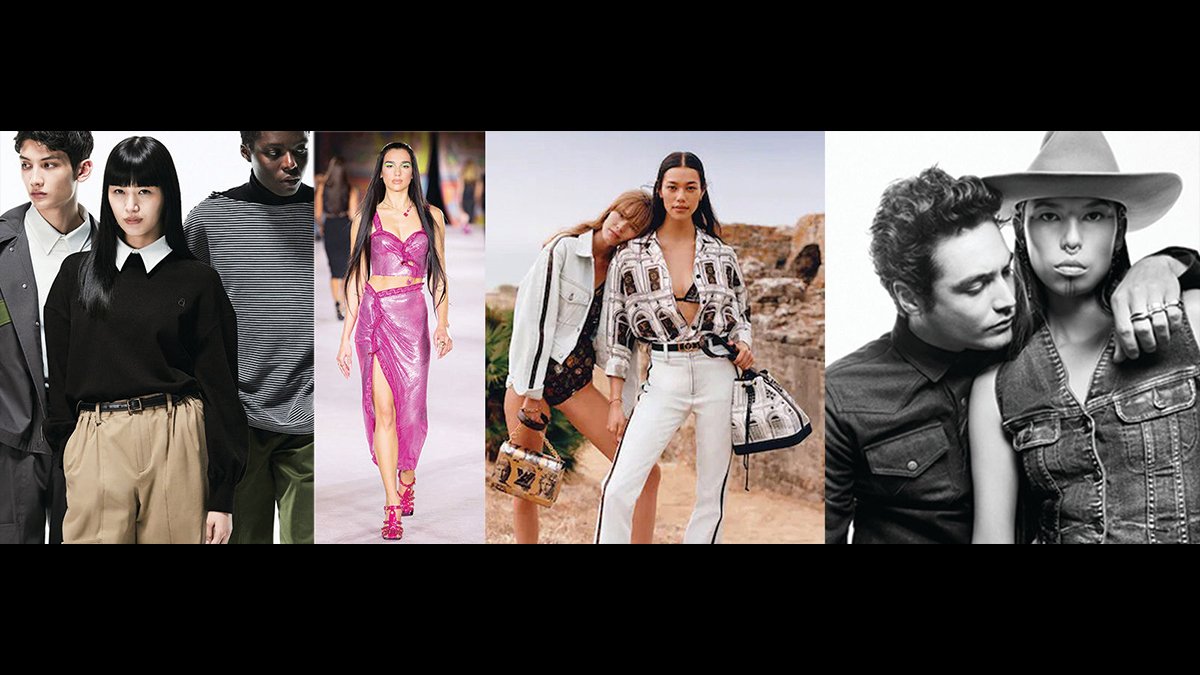Art Has The Power To Transcend Time, Culture, And Emotion. Dive In And Look How The Portraits We Have Got For You Have A Unique Way Of Capturing The Essence Of Their Subjects.
How much are you willing to pay for a captivating piece of art? There’s no denying the power of a breathtaking painting can evoke a variety of emotions and even act as the centrepiece of a room. But, at what cost? For some collectors, the sky’s the limit in terms of what they are willing to pay in the name of good art. Year after year, auction houses and private galleries see record-breaking sales for artworks. Here, we are taking a look at some of the expensive portraits ever to be sold in art history.
1. PORTRAIT OF ADELE BLOCH-BAUER II BY GUSTAV KLIMT
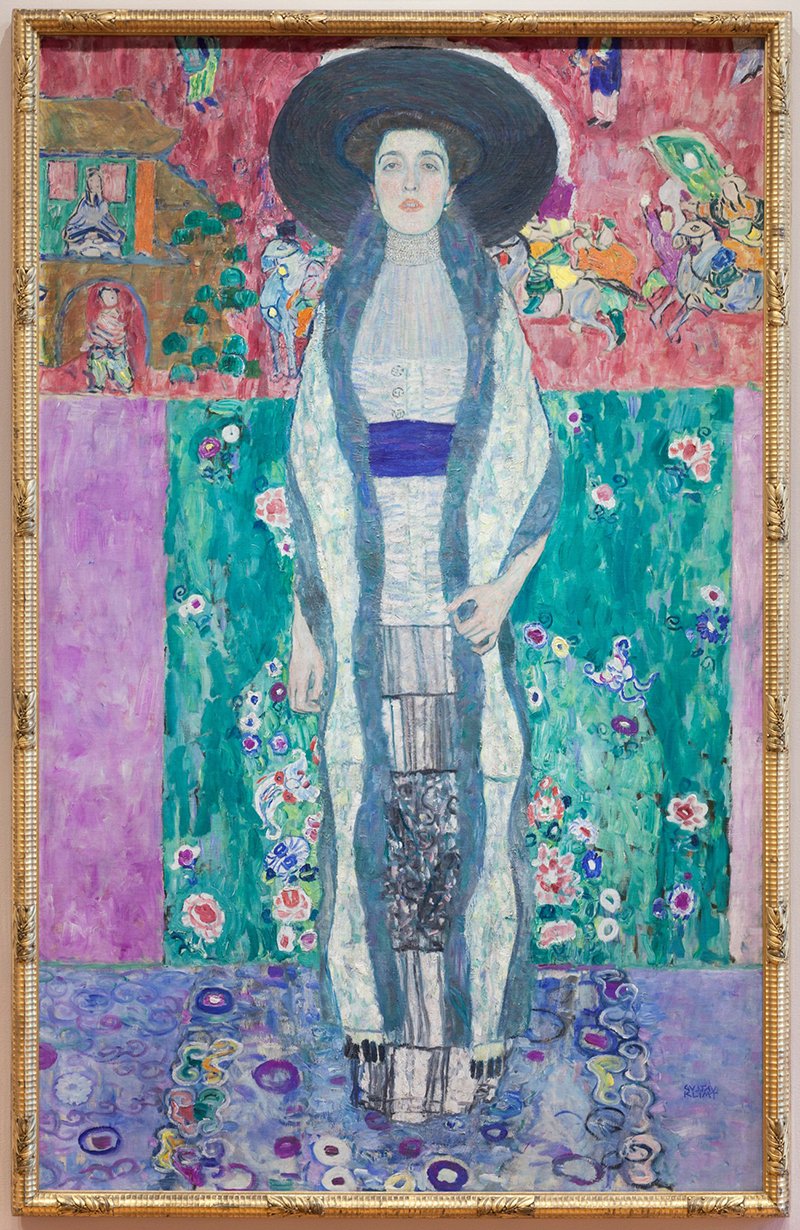
Adele Bloch-Bauer II — is a 1912 painting by Gustav Klimt, i.e., the only model to be painted twice by Klimt. The subject of this painting was a refined art-loving Viennese salon lady. Adele Bloch-Bauer was the wife of Ferdinand Bloch-Bauer, who was a wealthy industrialist, who sponsored the arts and supported Gustav Klimt. She also appeared in the much more famous Portrait of Adele Bloch-Bauer I. In this portrait, she is placed in the centre as a towering figure, in her opulent dress and set against a jewel-toned background, which is richly decorated, typical of any Klimt work.
The setting against a jewel-toned backdrop of nearly abstract patterned blocks suggest a richly decorated domestic interior. Klimt’s original oil paintings were painstakingly reproduced as collotypes on a handmade, deckled-edge cream that wove paper using a complex gravure process overseen by master technicians as well as the artist himself. And, this Portrait of Adele Bloch-Bauer II is an extraordinary example of the collotype process, capturing the resolution of the original 1912 oil painting.
2. GARÇON À LA PIPE BY PABLO PICASSO

Garçon à la pipe was painted in 1905 when Picasso was 24 years old. The subject of his painting portrays a local Parisian boy named P’tit Louis, a model who spent long hours in Picasso’s studio. He was tragically passed away at a tender age. The painting captures the essence of youth and innocence, as the boy holds a pipe in his left hand while wearing a garland of flowers on his head. Picasso’s choice to depict this local boy as his subject speaks his desire to capture the essence of everyday life and the transient nature of human existence.
Through preliminary studies, Picasso explored various poses and compositions before settling on the final seated position of the boy. The pipe held by the boy represents a sense of maturity and adulthood, juxtaposed with the innocence of his youthful appearance. Whereas, the garland of flowers adorning his head signifies beauty, fragility, and the fleeting nature of life. This attention to detail and exploration allowed him to breathe life into the painting and to contemplate the transience of existence and the passage of time.
3. PORTRAIT OF JOSEPH ROULIN BY VINCENT VAN GOGH
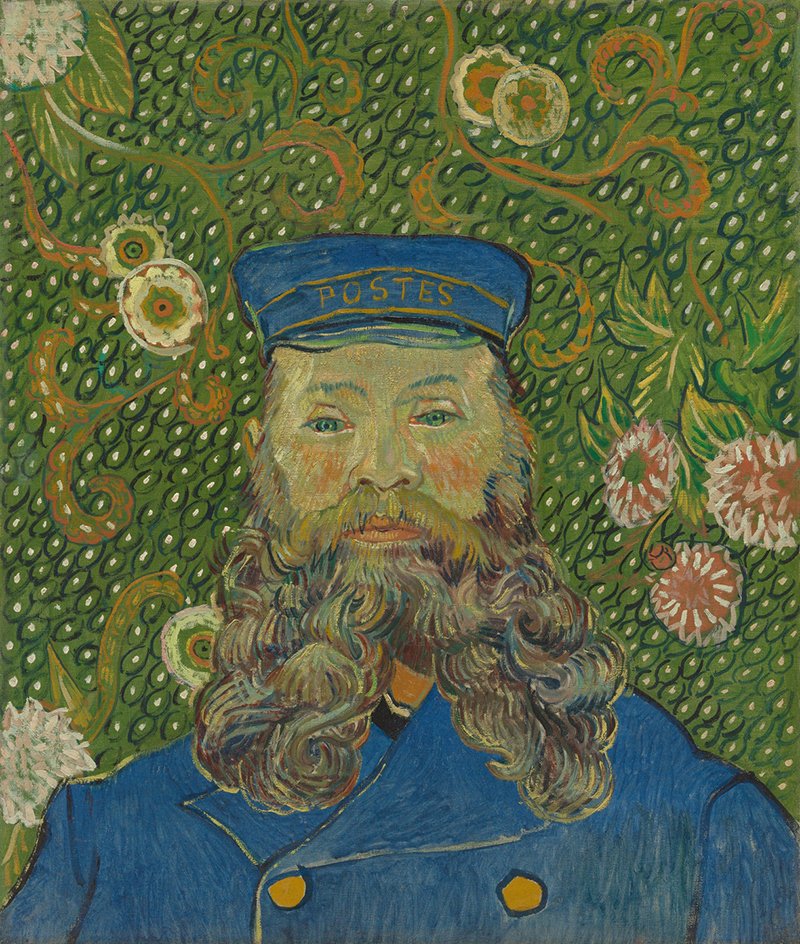
Van Gogh’s thickly painted, colourful portraits changed the way many artists and patrons viewed portraits at the time. His subject in this painting, Joseph Roulin, worked as a postal employee in the southern French town of Arles, a fifteen-hour train ride from Paris. Van Gogh had moved to Arles in 1888, hoping to create an artist’s cooperative there. The plan never came to fruition, and the artist became lonely and isolated. The two lived on the same street in Arles, in the South of France, where Roulin worked for the postal service. He found comfort and companionship with the Roulin family, and they are the subjects of many of his paintings.
This portrait of Joseph Roulin is one of the sixth Van Gogh paintings of him, which Van Gogh boasted of having completed quickly, in a single session. In this portrait, Joseph Roulin—who appears in this portrait resplendent in his blue uniform against a floral background that echoes his lush, swirling beard. Van Gogh was fascinated by his friend’s face, but he was at least as taken with the man’s character. Roulin was an ardent socialist, vehement in his support of the left wing of French republican politics.
4. PORTRAIT OF ALFONSO D’AVALOS, MARCHESE DEL VASTO, IN ARMOR WITH A PAGE BY TITIAN
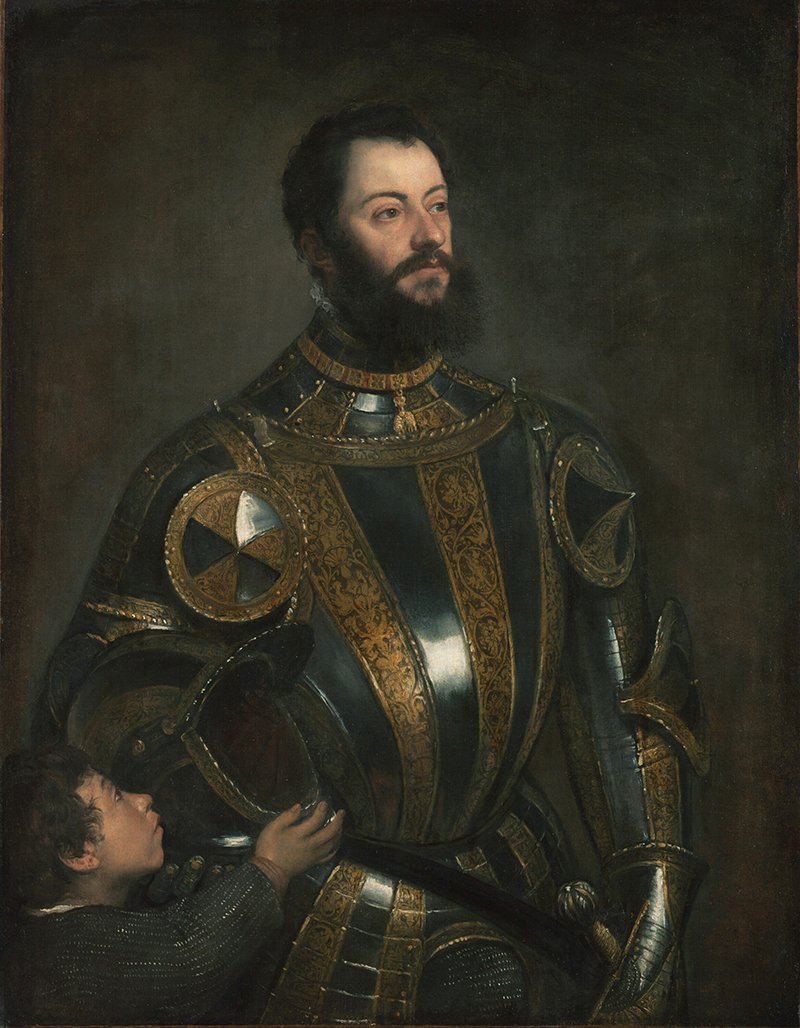
Titian’s Portrait of Alfonso d’Avalos, painted in Bologna in the winter of 1533, signals the inception of one of the most influential prototypes in the history of Western art-the standing state portrait. Dressed in armour with a diminutive page looking up to him, Alfonso d’Avalos exudes the tremendous power he wielded as governor of Milan and commander general of imperial forces in Italy under the Holy Roman Emperor, Charles V.
He was born into an illustrious Spanish-Neapolitan family and trained for a military career under his cousin, Ferdinando Francesco, the Marchese di Pescara. After winning numerous military campaigns, Avalos was honoured with the Order of the Golden Fleece. He was a man who took great care with his appearance, and has been shown wearing the Order’s royal collar over an elaborate and beautifully wrought suit of armour befitting an imperial leader. In the lower left, his page hands him a helmet. Titian endowed him with all the earnestness of a learned and contemplative man, while at the same time conveying his authority.








